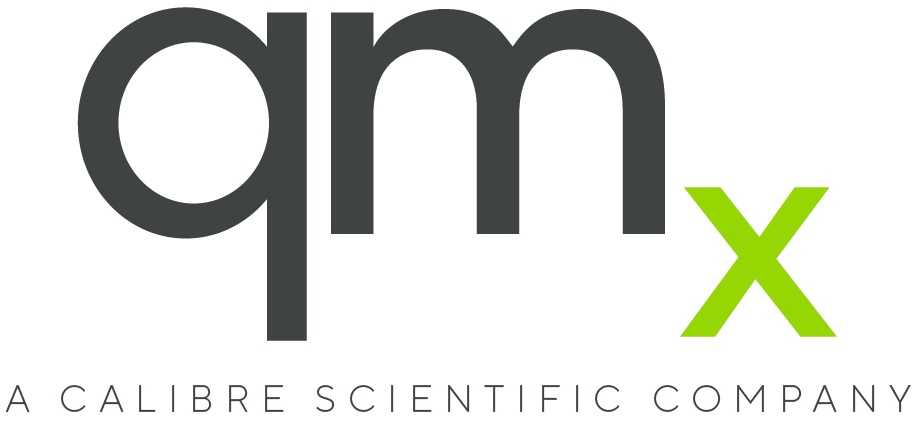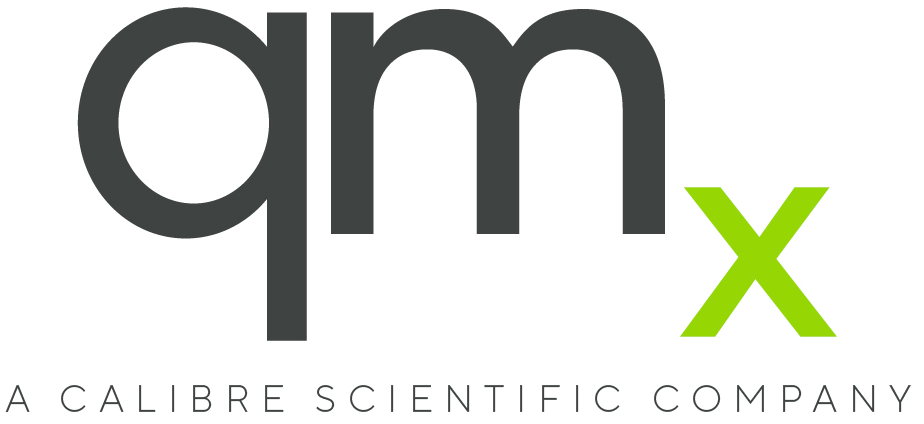Organic Reference Materials
We offer one of the widest range of organic reference materials in the world to meet the demand of the analytical community. As part of our continuous development programme, we offer reference materials in both the neat form and in solutions, together with many stable isotope compounds and a comprehensive range of prepared mixes, produced by laboratories accredited to ISO 17025 and 17034.
We have an expertise in producing custom solutions and mixes, certified to a laboratory quality management system that is accredited to ISO 17025 and ISO 17034, to your specification to save your valuable time and provide the utmost confidence in quality assurance.
Please select from the subcategories below, use the Search bar above or contact us for any help to find the reference material for your application.




































